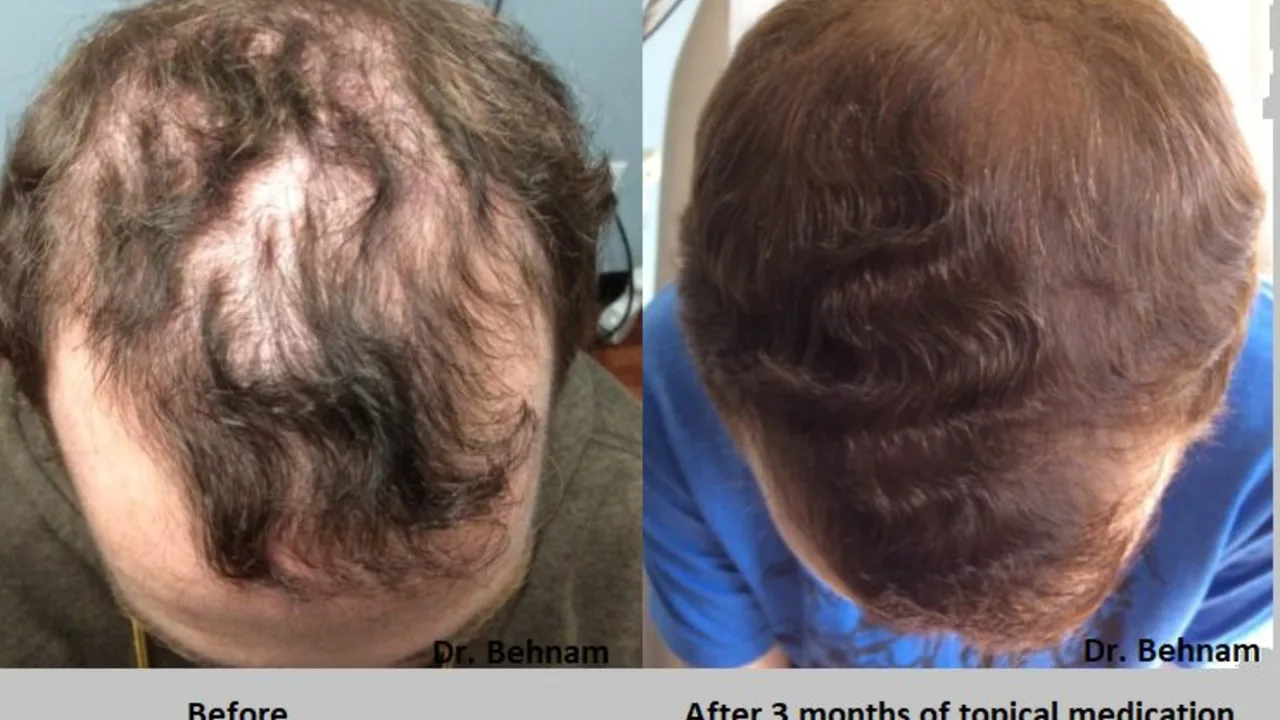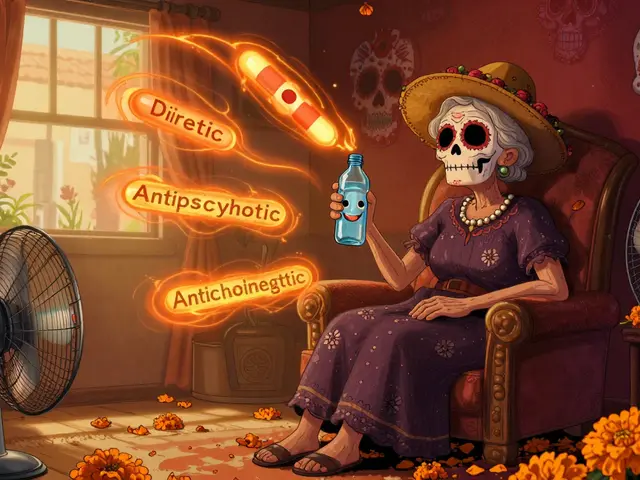Reliable hair loss solution: what actually works
Hair loss can feel personal and urgent. You want something that works and won’t waste time or money. Here’s a clear, no-nonsense guide to reliable options, what they do, and how to pick one that fits you.
Topical minoxidil is the easiest first step for many people. It boosts blood flow to hair follicles and can slow shedding while helping some hairs regrow. Use it twice daily as directed and give it at least 4–6 months before judging results. Side effects are usually mild—scalp irritation or extra facial hair in rare cases.
Oral finasteride is the next common option for men. It blocks the hormone DHT that shrinks follicles. Many men see thicker hair within six months. It can cause sexual side effects in a small number of users, so talk with your doctor and weigh benefits and risks.
Medical procedures that help
Platelet-rich plasma (PRP) uses your own blood to feed tired follicles. It’s done in a clinic over several sessions and can improve density for people with early hair thinning. Low-level laser therapy (LLLT) devices, like helmets or combs, can also help by stimulating follicles. Results vary but devices are low-risk when used as instructed.
Hair transplant surgery offers the most visible change for advanced loss. Surgeons move healthy follicles from the back of your scalp to thinning areas. Modern techniques give natural results, but they require an experienced surgeon and a recovery period. Expect a few months to see final results.
Choose a plan, not a single product
Mixing approaches often works best: medical treatment plus good daily care and, if needed, a clinic procedure. Keep expectations realistic—most treatments slow loss and improve density, they rarely make a full head of hair overnight. Track photos every month to judge progress objectively.
Watch out for red flags: products promising instant full regrowth, secret herbal blends, or celebrity endorsements with no clinical backing. Avoid sellers that skip prescriptions for drugs like finasteride; a proper medical check matters. If you buy online, use licensed pharmacies and check for contact info and real reviews.
Diet and lifestyle matter too. A balanced diet with enough protein, iron, vitamin D, and zinc supports hair health. Manage stress, sleep well, and avoid tight hairstyles that pull on hair. If you smoke, quitting helps circulation and can benefit follicles over time.
When should you see a specialist? If hair loss is sudden, patchy, or comes with scalp pain or redness, see a dermatologist fast. For gradual thinning, an appointment can still save time by matching treatment to the cause—genetic, hormonal, or medical.
If cost is an issue, generic versions of minoxidil and finasteride work the same and cost less. Ask your doctor about blood tests for hormone issues if hair loss is accelerating. Keep realistic timeline: most people judge progress after 6–12 months of treatment.
Finally, plan for maintenance. Most treatments need ongoing use to keep gains. Know the cost, side effects, and timeline before you start. A steady, informed approach gives you the best shot at lasting results.

Hey there, folks! If you're on the hunt for an affordable and trustworthy solution to hair loss, I've got great news. You can now buy Propecia online at your convenience. Not only is it an effective solution to hair loss, but it's also easy on the pocket. Come on over, make a purchase, and let's bid hair loss goodbye together!
Chris Gore Nov 13, 2023




